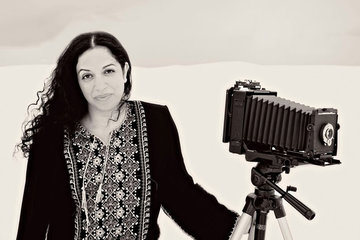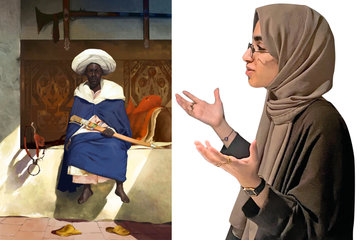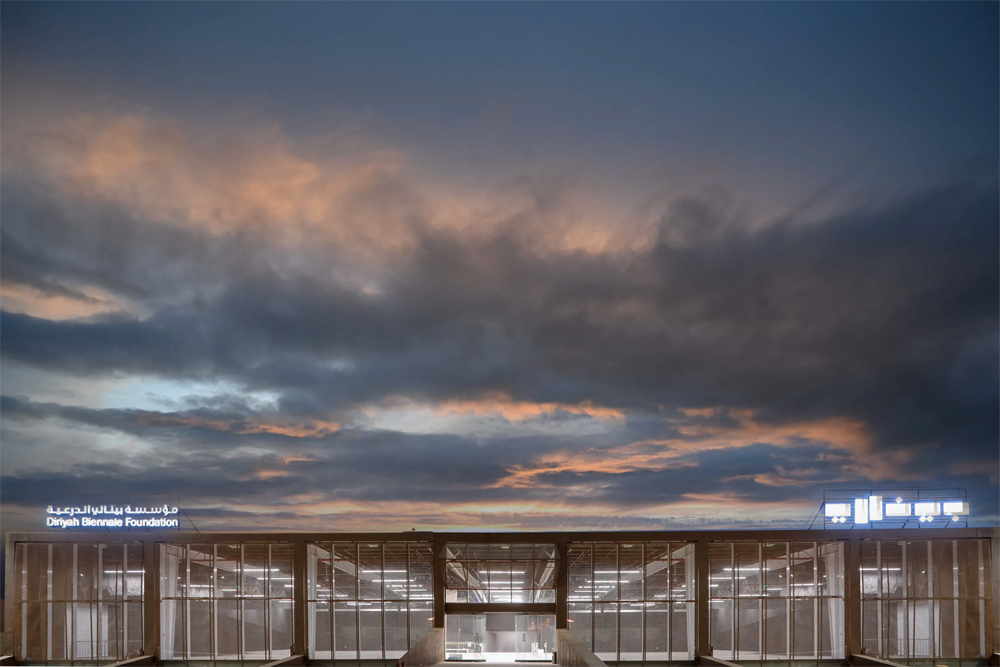
The inaugural edition of Saudi Arabia’s Islamic Arts Biennale is launching this month from 23rd January – 23rd April 2023 at the renowned Aga Khan Western Hajj Terminal in Jeddah.
Curated with a view to “bridge the past, present, and future,” the venue will also host two separate pavilions where historical objects, from the Prophet’s Mosque in Madinah, and Makkah’s Masjid Al Haram, will be displayed alongside modern works of art inspired by these iconic Islamic holy places.
Islamic Arts Biennale Director, Farida Al Husseini said in a statement, “For a very long time, the world has perceived Islamic Arts through a very specific lens, one that has often restricted or defined its boundaries. With the Islamic Arts Biennale, we are working to broaden that definition, and enable a deeper and more nuanced exploration of the Islamic arts.”
The theme of the biennale is “Awwal Bait,” which translates to “First House,” and is a direct reference to the Holy Ka’bah in Makkah. The exhibition will be hosting over 60 well known and respected established and emerging artists from all over the world – this will include over 60 new commissions, 15 never-seen-before pieces of art and 280 artefacts related to Islamic culture.
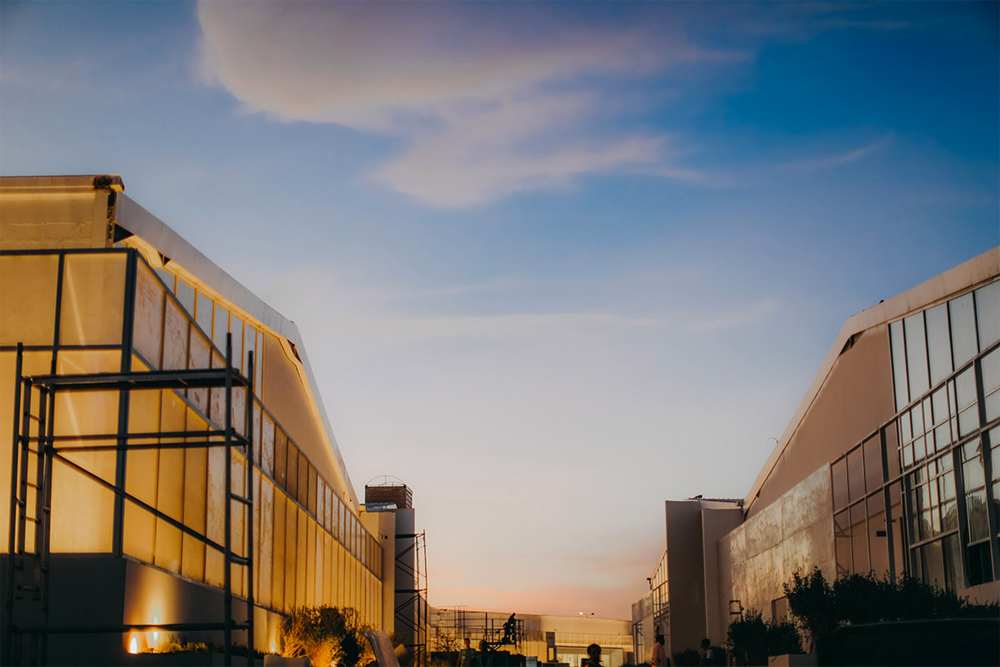
Experts such as Dr. Saad Alrashid, leading Saudi scholar and archaeologist; Dr. Omniya Abdel Barr, Barakat Trust Fellow at the Victoria and Albert Museum; Dr. Julian Raby, Director Emeritus of the National Museum of Asian Art, Smithsonian Institution, Washington DC; and Artistic Director Sumayya Vally, Principal of Counterspace, and Honorary Professor of Practice, UCL, have curated the biennale in a bid to showcase the diversity of being a Muslim.
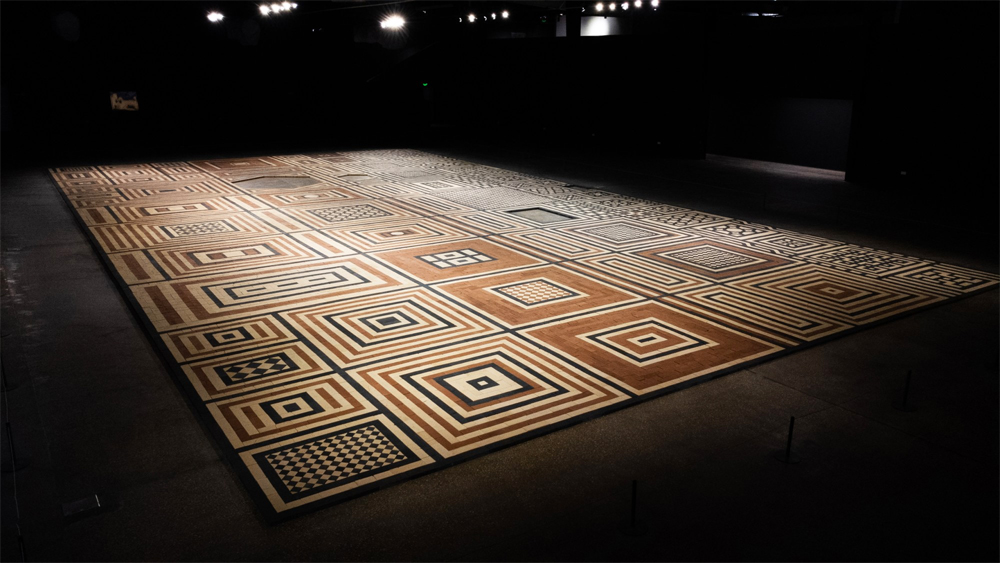
“Seeing the biennale come to life through the voices and perspectives of our artists has been profound. Each of them has boldly and sensitively taken on the opportunity of this platform to contribute to an emerging discourse on Islamic arts that we hope will continue.” said Sumayya Vally. “At its essence, this biennale is about giving contemporary objects a home by giving them a lineage and giving historic objects a home by giving them a future.”


